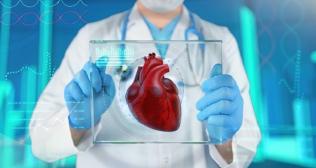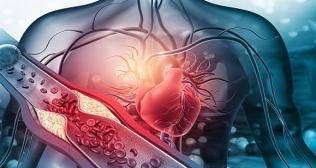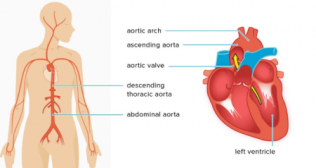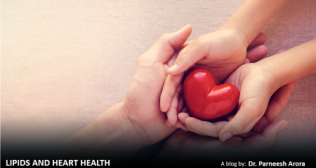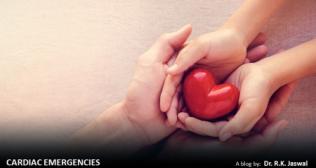
Low bp causes
What is Low Blood Pressure?
Hypotension more commonly known as low blood pressure is the medical term used to describe a low diastolic and systolic reading of an individual. A normal blood pressure reading usually appears as two numbers, the higher number being the systolic pressure which is accountable for the pressure in the arteries when the heart beats and the arteries get filled with blood. And the second number or the lower reading measures the diastolic pressure, which is the pressure in the arteries when the heart is resting between heartbeats.
An optimal blood pressure reading is around 120/80 mmHg. Healthy individuals such as athletes have a lower blood pressure reading than other individuals without any symptoms which is usually not a cause for concern and does not require treatment. However, a reading that is significantly below or above this normal reading requires medical attention and a diagnosis to identify the underlying problem that is causing a fluctuation in the reading.
What are the types of low blood pressure(low bp) or hypotension?
Hypertension or low BP is a reading that is below 90 mmHg for the top number or systolic pressure and below 60 mmHg for the lower number or diastolic pressure. Generally, low blood pressure might not cause any noticeable or alarming symptoms but usually causes fainting or dizziness in some individuals. In rare cases, low blood pressure can be life-threatening or fatal.
There are several causes of low blood pressure ranging from dehydration to certain underlying serious medical conditions.
Types of Hypotension(low bp)
1. Post prandial hypotension
This type of low blood pressure usually occurs after two hours post-eating. It affects older adults, especially those suffering from high BP or other conditions such as Parkinson’s disease.
2. Postural hypotension
This type of hypotension is also known as orthostatic hypotension and is a sudden drop in blood pressure when an individual stands from a sitting position or after lying down. Some of the most common causes of this type of hypertension include dehydration, pregnancy, certain medications and long-term bed rest.
3. Neurally mediated low blood pressure
This type of blood pressure occurs due to standing for long periods. It can affect children and young adults and can also result due to a miscommunication between the brain and the heart.
Symptoms of low blood pressure
Some of the most common symptoms of hypertension include:
- Blurred vision
- Fainting or dizziness
- Nausea
- Low concentration levels
- Fatigue
A sudden drop in blood pressure can be life-threatening. This is usually caused due to uncontrolled bleeding, life-threatening infections or allergic reactions. Extremely low blood pressure can also lead to a condition known as shock, symptoms of which include confusion in the elderly, rapid and shallow breathing and a weak pulse.
What causes low blood pressure?
Some of the possible causes of hypotension include:
1. Postural hypotension
This is a type of hypotension that is a result of standing up from a sitting or lying position that leads to a drop in BP along with fainting or dizziness.
2. Pregnancy
Pregnancy causes multiple changes in the body and an expansion of the circulatory system is one of the changes in the expectant mother's body. This expansion leads to low blood pressure but hypotension during pregnancy is not a cause for concern in most cases.
3. Post-meal hypotension
At times, the BP falls after a meal due to the increase in blood supply required by the intestines for digestion, this is often noticed in older people.
4. Hormonal issues
Malfunctioning of the thyroid gland can lead to disturbances in the heart rate and BP. Also, a problem with the adrenal gland that regulates the stress response in the body can lead to hypotension.
5. Medications
Certain medications such as beta-blockers, diuretics and calcium channel blockers are known to reduce blood pressure levels.
6. Dietary deficiencies
Low levels of certain nutritional components such as vitamin B12 and folic acid can lead to the development of anaemia which in turn leads to hypotension.







